Museo Nacional de Arte Moderno y Contemporáneo en Seúl [MMCA] (국립현대미술관 서울관)
6.1Km 2025-04-18
Samcheong-ro 30, Jongno-gu, Seúl
En 2013, el Museo Nacional de Arte Moderno y Contemporáneo [MMCA] abrió un nuevo edificio en Seúl, ubicado en el barrio de Sogyeok-dong, distrito de Jongno-gu. Este museo es especial porque introdujo el concepto de arquitectura tradicional coreana 'madang', que se trata de un espacioso patio que la gente puede visitar. Tiene distintas instalaciones, como un teatro, una galería, una sala multiuso, etc.
Imun Seolnongtang (이문설농탕)
6.1Km 2025-05-29
38-13, Ujeongguk-ro, Jongno-gu, Seoul
Myeongdongjeong (명동정)
6.1Km 2021-03-18
299, Samil-daero, Jung-gu, Seoul
+82-2-3789-5132
This is a Korean cuisine located in Myeong-dong, Seoul. A restaurant serving hanjeongsik (Korean table d'hote). The representative menu is Korean table d'hote.
Chowonui jip (초원의집)
6.1Km 2021-03-24
299, Samil-daero, Jung-gu, Seoul
+82-2-3789-5666
It is a Korean food specialty store that has been around for over 15 years now. This restaurant's signature menu is soy sauce marinated crab. This Korean dishes restaurant is located in Jung-gu, Seoul.
Korea Grand Sale (코리아그랜드세일)
6.2Km 2024-12-16
Insadong 5-gil 29, Jongno-gu, Seúl
070-7787-4242
Korea Grand Sale es un megaevento de compras organizado por el Ministerio de Cultura, Deporte y Turismo de Corea para ofrecer a los turistas extranjeros beneficios en la adquisición de vuelos, alojamiento, belleza, entretenimiento, comidas, actividades y mucho más. Este megaevento de compras y turismo se lleva adelante en diversos establecimientos por todo el país, tanto en tiendas físicas como en tiendas en línea. Consultar detalles en el sitio web oficial.
Amdwaeji Oyangsikgwan (암돼지오양식관)
6.2Km 2021-03-19
11, Jong-ro 11-gil, Jongno-gu, Seoul
+82-2-737-8088
A barbecue specialty restaurant located in Jongno, Seoul. The most famous menu is grilled pork belly. Skin-on pork belly is actually the same as grilled pork belly BBQ.
Chorokbaguni (초록바구니)
6.2Km 2021-03-19
9-18, Ichon-ro 84-gil, Yongsan-gu, Seoul
+82-2-790-3421
This is a Korean cuisine located in Ichon-dong, Seoul. The representative menu is Korean table d''hote. A hanjeongsik (Korean table d'hôte) course meal menu specialty restaurant.
Seolleneun Majung (설레는마중)
6.2Km 2021-03-30
49, Insadong-gil, Jongno-gu, Seoul
+82-2-6954-2915
It is a store that sells both traditional Korean desserts and coffee. This cafe is located in Jongno-gu, Seoul. The most famous menu is rice cake.
Hongmi Dakbal - Hwagok-dong Branch (홍미닭발 화곡동)
6.2Km 2021-03-30
33, Hwagok-ro 56-gil, Gangseo-gu, Seoul
+82-2-2697-4996
It is a place where you can enjoy the spicy taste that Koreans like. This restaurant's signature menu is chicken feet. This Korean dishes restaurant is located in Gangseo-gu, Seoul.
Museo Nacional del Hangeul (국립한글박물관)
6.2Km 2022-12-15
Seobinggo-ro 139, Yongsan-gu, Seúl.
+82-2-2124-6200
El Museo Nacional del Hangeul fue inaugurado el Día de Hangeul (9 de octubre) del año 2014, para revisar la historia del alfabeto coreano a través del uso de materiales físicos. Como las vocales coreanas se crearon con base en el trasfondo filosófico de la conexión entre la tierra, los seres humanos y el cielo, el museo fue construido tomando en cuenta este diseño: la planta subterránea representa la tierra, las dos primeras plantas, los seres humanos y el tercer piso, el cielo, todos conectados en un solo edificio de cuatro plantas. La exhibición principal del museo se encuentra en el segundo piso. "Huellas del Hangeul" muestra el camino recorrido por el alfabeto Hangeul, desde su creación hasta su forma actual, e incluso su futuro. La tercera planta cuenta con una “Zona de juegos con el Hangeul para niños” y un centro de aprendizaje. Este último proporciona una manera fácil para que los extranjeros se familiaricen con el alfabeto coreano mediante el uso de equipos digitales y actividades de esparcimiento.
![Museo Nacional de Arte Moderno y Contemporáneo en Seúl [MMCA] (국립현대미술관 서울관)](http://tong.visitkorea.or.kr/cms/resource/03/2991503_image2_1.jpg)

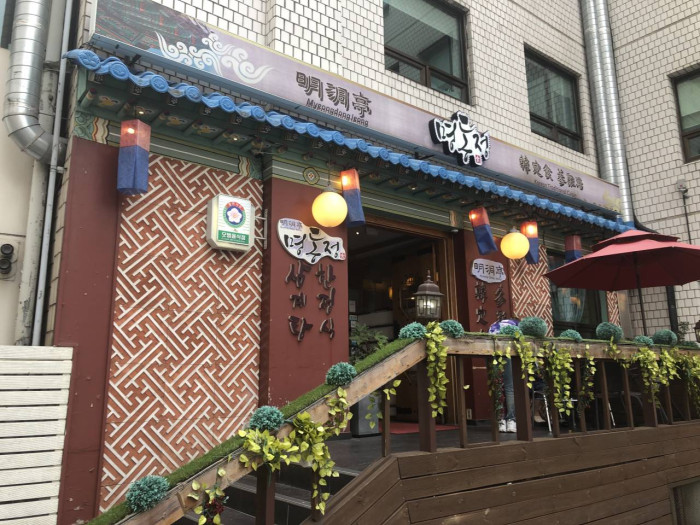
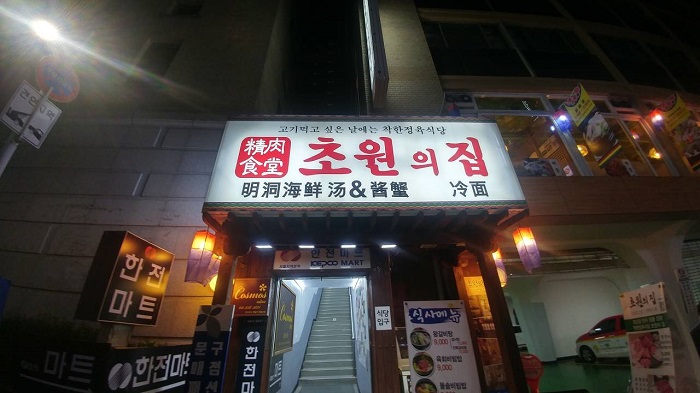

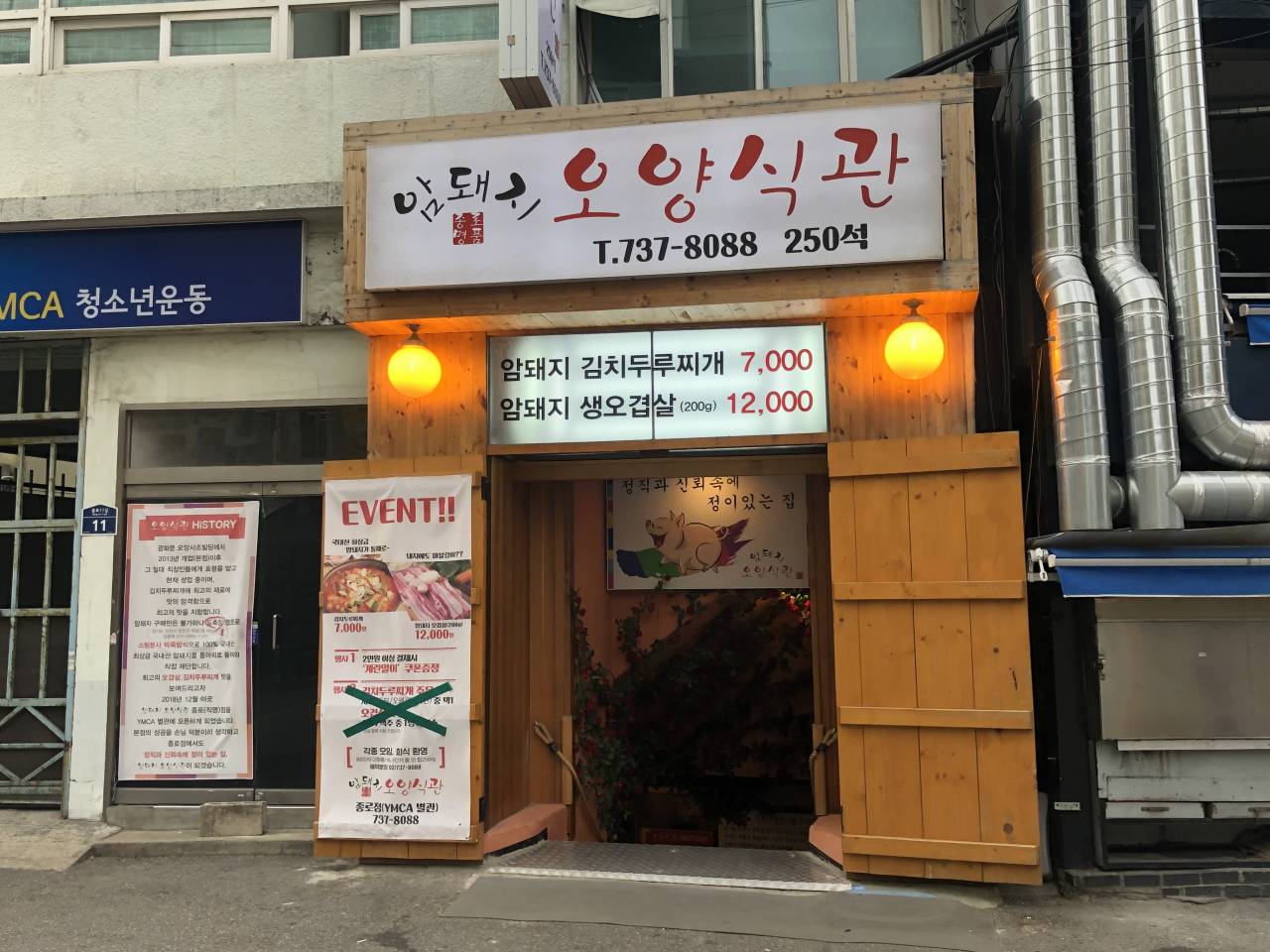
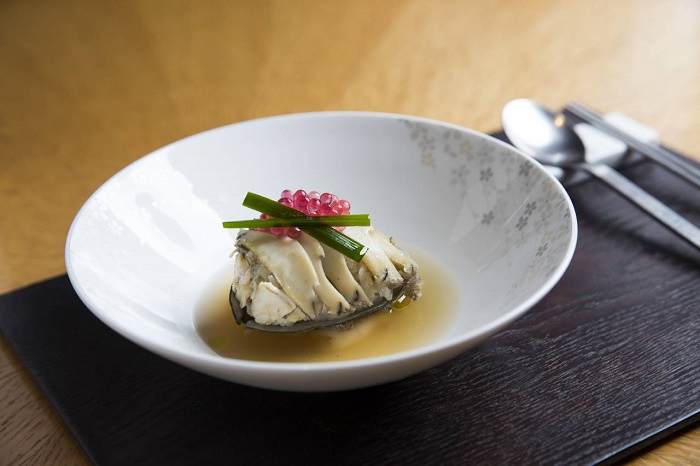
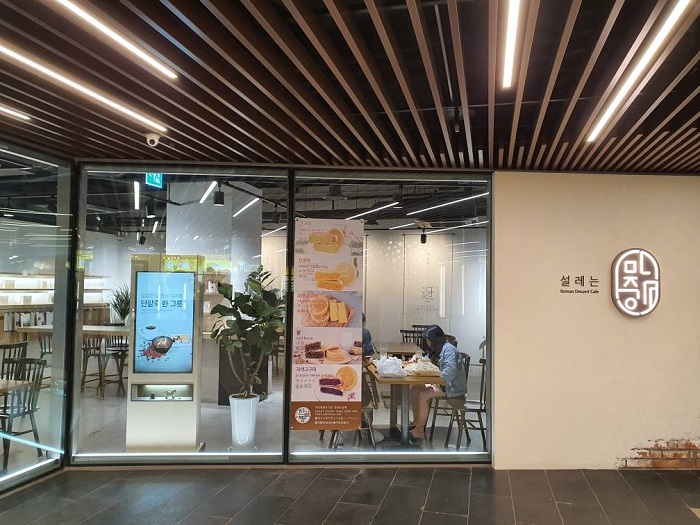
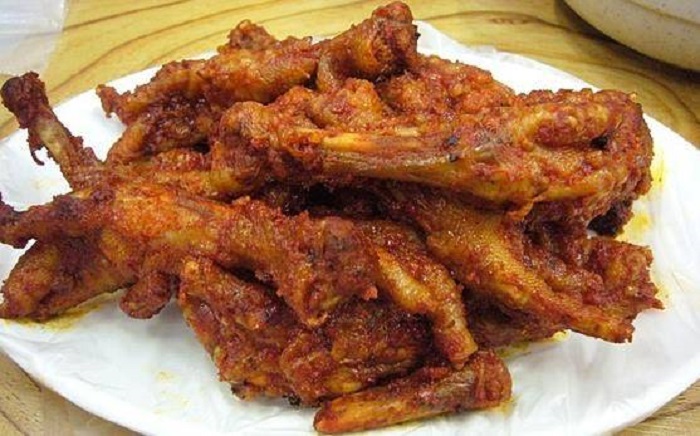
 Español
Español
 한국어
한국어 English
English 日本語
日本語 中文(简体)
中文(简体) Deutsch
Deutsch Français
Français Русский
Русский